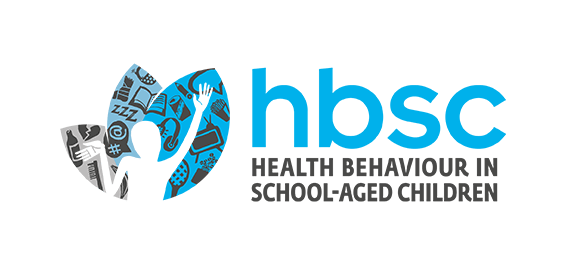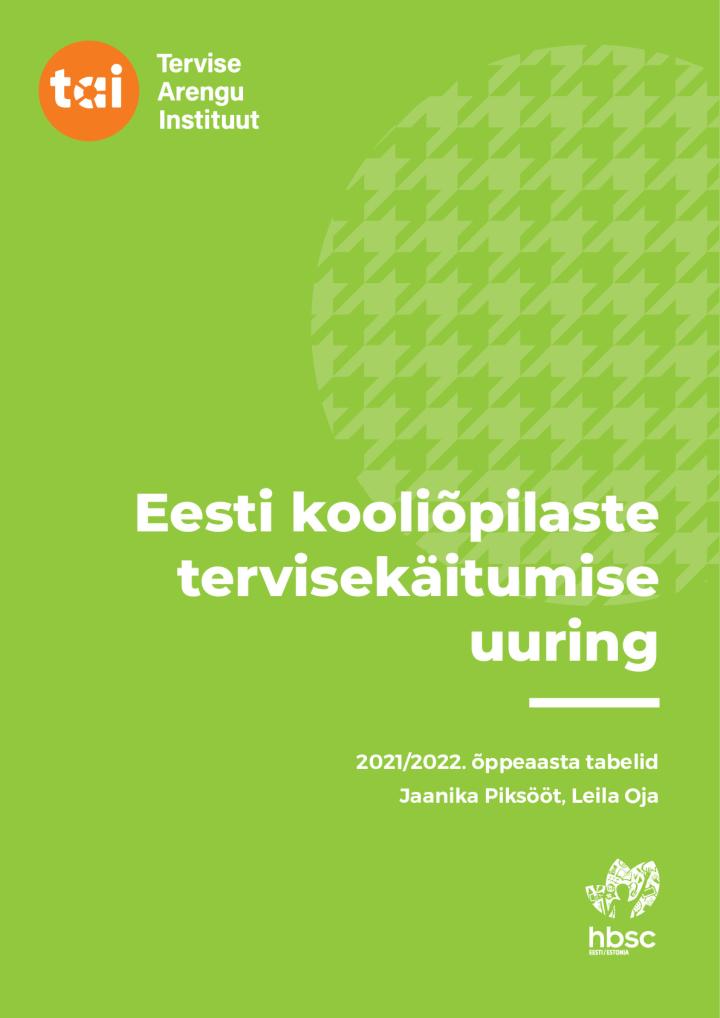The latest results from the Estonian HBSC study reveal alarming mental health trends and suggest serious health consequences from the COVID-19 pandemic.
The 2021/22 Estonian Health Behaviour in School-aged Children study results show that young people report their health, life and family relationships have deteriorated during the last four years, and 78% of respondents have weekly subjective health complaints. While positive changes can be seen in the health behaviour of boys, there are alarming trends among girls in e-cigarette use and mental health issues.
Although there are not many positive changes, there is some good news regarding boys’ risk-taking behaviour. According to the principal investigator of the study, researcher Leila Oja, there have been some positive changes in the use of tobacco products, alcohol and cannabis: “When compared to 2018, the number of boys who have used cannabis and have repeatedly been drunk is lower than (the last HBSC survey) four years ago. Among girls, these indicators have remained at the same level. Also, the use of e-cigarettes has significantly decreased among boys but has increased among girls. Four years ago, there were similar patterns and prevalences of risk behaviour among boys and girls, these latest results reveal an improvement in the results for boys, but the girls’ risk behaviours remain a cause for concern.”
Download the report (Estonian)
Adolescents’ assessments of their health have decreased, and health complaints are more frequent
According to themselves, 11-, 13- and 15-year-old boys have better health and are more satisfied with their life than girls. Compared to 2018, the number of young people with very good health has decreased, while the number of young people reporting health complaints has increased. 40% of adolescents experience at least one health complaint almost every day, approximately half of girls and a third of boys. The most frequent complaints are feeling nervous 19%, experiencing difficulties falling asleep 19%, feeling low 15%, experiencing backache 9% and having headaches 8%.
The prevalence of mental health problems like feeling low, irritability, and nervousness has increased. Although boys’ mental health is significantly better when compared to girls, the prevalence of mental health complaints increases with age. In the last 12 months, 45% of girls and 23% of boys had depressive episodes lasting at least two weeks. Thus, girls have experienced depressive episodes twice as often as boys in the past year. Depressive episodes are more common among students whose self-rated health is fair or poor, who find it difficult to talk about their concerns with their parents, and who do not like going to school. 30% of 13- and 15-year-old girls had suicidal thoughts in the last year, the corresponding proportion for boys was 14%.
A fifth of young people noticed the negative impact of the COVID-19 pandemic on their general health, while a third of respondents noticed the negative effect of the pandemic on their mental health. Young people also noted the negative impact of the COVID-19 pandemic on physical activity levels and academic performance.
Adolescents’ assessments of family support are lower, and girls’ school satisfaction has dropped significantly
Levels of reported family support have decreased among students (the indicator in 2018 was 76%, in 2022 71%), and the decline is largest among 15-year-old girls. The worse the family’s economic situation, the more difficult it is for young people to talk about their concerns with their parents. Young people who find it difficult to talk to their parents about their worries are more than twice as likely to experience depressive episodes.
More than half of the students surveyed reported that they liked going to school. Compared with previous surveys, school satisfaction has increased slightly among boys but has significantly decreased among girls. Around 50% of students report finding schoolwork stressful; 15-year-old girls report the highest levels of school pressure (72%). Repeated surveys have revealed a decline in levels of bullying in Estonian schools; however, the overall rates remain high, with a third of students reporting to have experienced bullying at least once at school. One in five young people has experienced cyberbullying in the past few months, with girls being victims of cyberbullying more often than boys.
Young people do not eat enough fruit and vegetables, nor do they sleep or exercise enough
In Estonia, the number of overweight children has been increasing year by year, and based on the results of this study, one in five young people are overweight. The rates of overweight and obesity are higher among boys than girls. A balanced diet, sufficient physical activity, and sleep help to prevent obesity and several other health risks. However, only 16% of young people get the recommended 60 minutes of moderate to vigorous physical activity per day. Boys’ physical activity has increased compared to 2018, while girls’ activity has remained the same.
Eating more fruits and vegetables contributes to a balanced diet, but only a third of Estonian schoolchildren eat fruit and vegetables daily, while among girls, it has decreased significantly. At the same time, the percentage of students consuming sweets and soft drinks has increased, and a fifth of students consume energy drinks at least once a week. A third of young people sleep less than recommended on school days, and girls are more sleep-deprived than boys. 47% of 15-year-old girls sleep less than recommended. Almost a fifth of students experience difficulties falling asleep, among them more girls than boys.
The risk behaviour of young people has improved in several indicators, but the use of tobacco products among girls has increased
The number of Estonian adolescents that have drunk alcohol has decreased, but still, 15% of those surveyed have been drunk at least once in their lives. The proportion of boys who have been drunk more than twice in their lifetime has decreased, but the proportion for girls has remained at the same level. The percentage of girls who report having been drunk at age 13 or younger has also increased.
A third of young people have tried e-cigarettes, with most 11- and 13-year-olds reporting e-cigarettes as their first tobacco product. Compared to 2018, the percentage of boys who have tried e-cigarettes in their lifetime has decreased (36% vs. 29%), and the percentage of girls has increased (24% vs. 30%). Among 15-year-old girls, the repeated use of snus has increased about four times, while the same indicator has remained almost the same for boys. Regular smoking (at least once a week) has decreased among students and is related to higher levels of family support, school satisfaction and academic performance. Cannabis use among adolescents has also decreased, especially among boys, as well as waterpipe use.
The Health Behaviour in School-aged Children (HBSC) survey was carried out in Estonia for the eighth time, from November 2021 to March 2022 under the coordination of the National Institute for Health Development (NIHD). 4,862 fifth, seventh and ninth-grade students from all over Estonia participated. The results of have been published as a collection of standardized tables.

